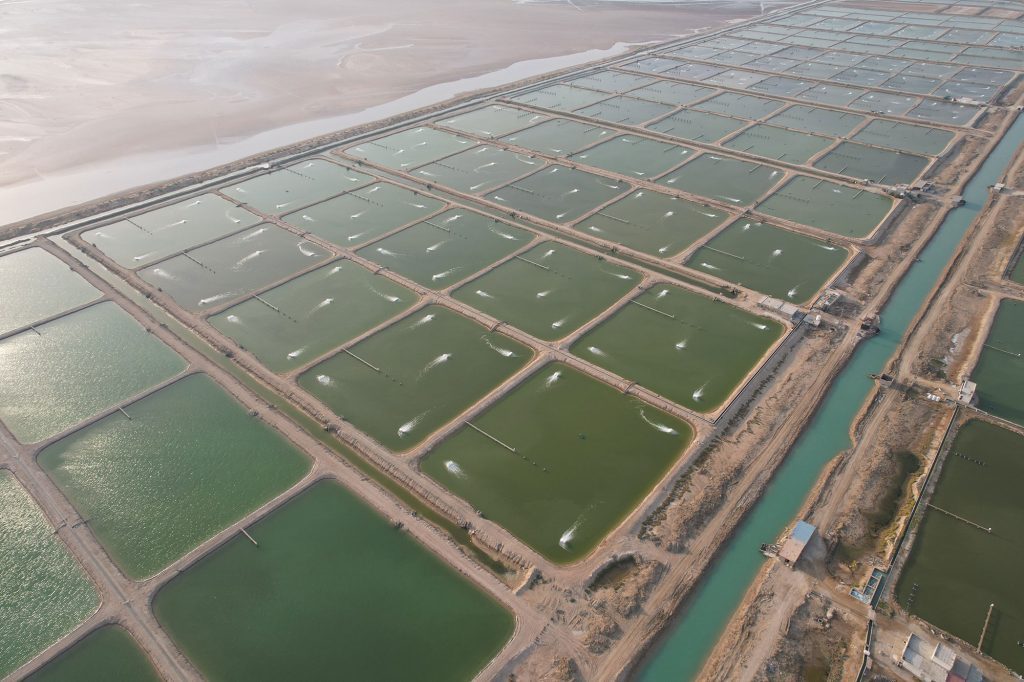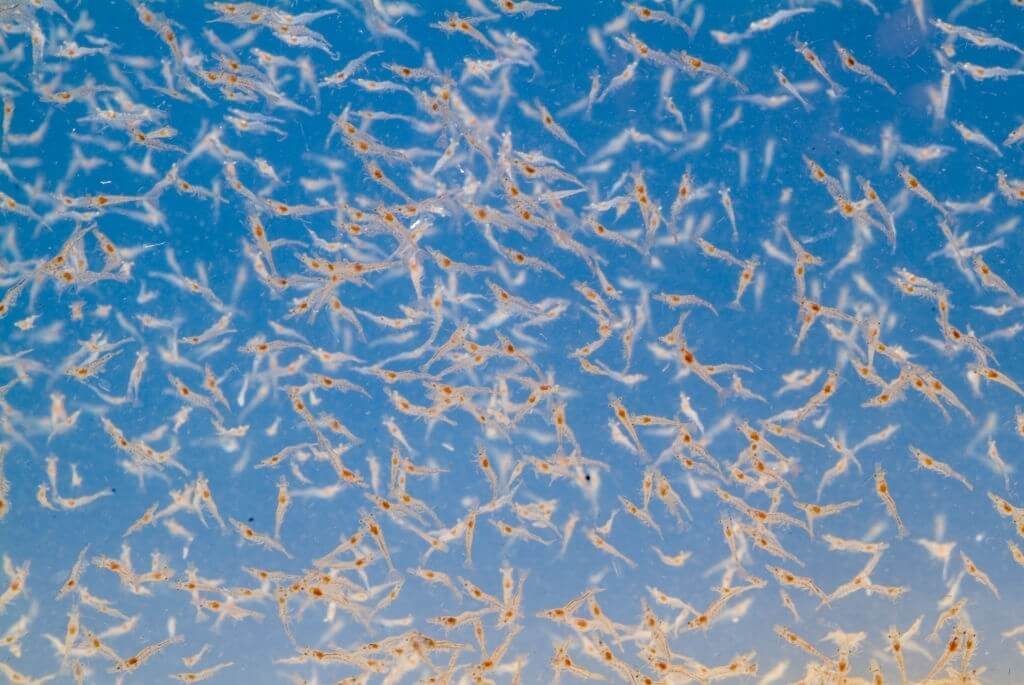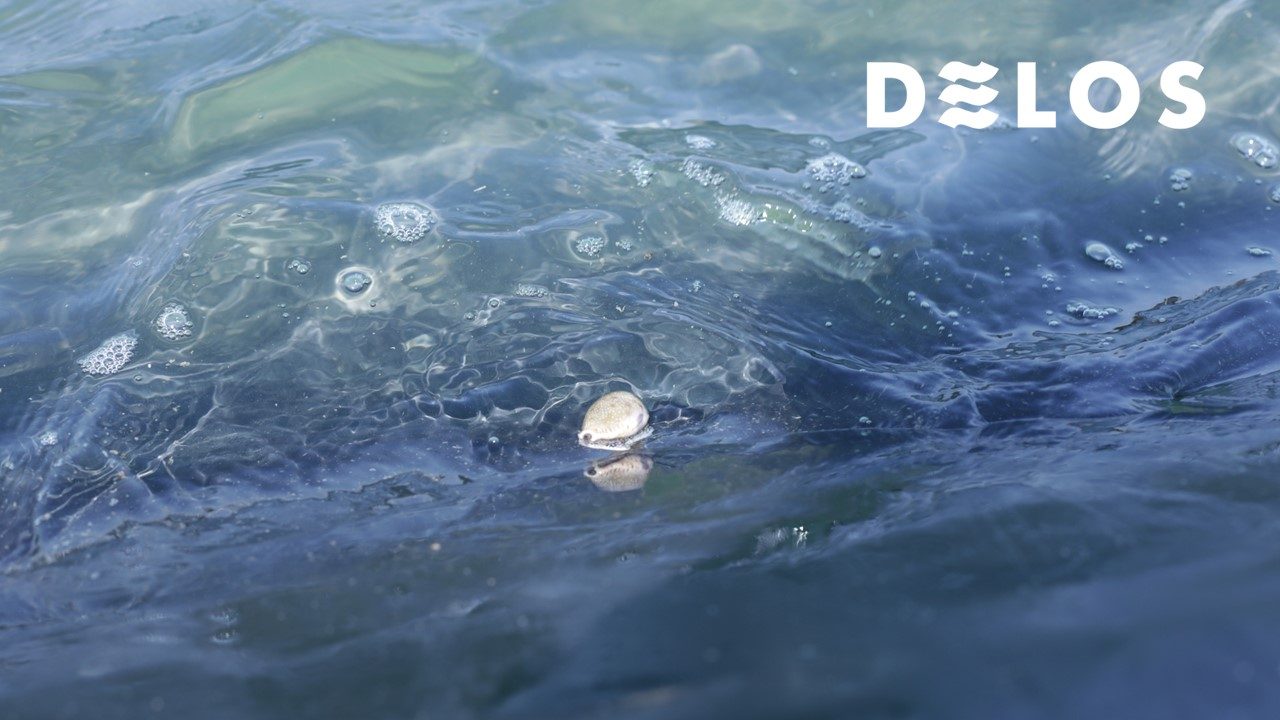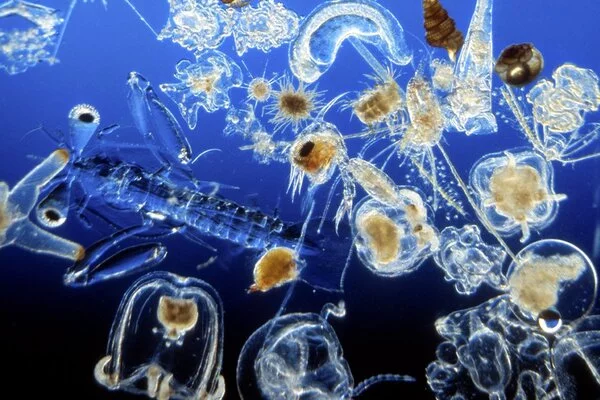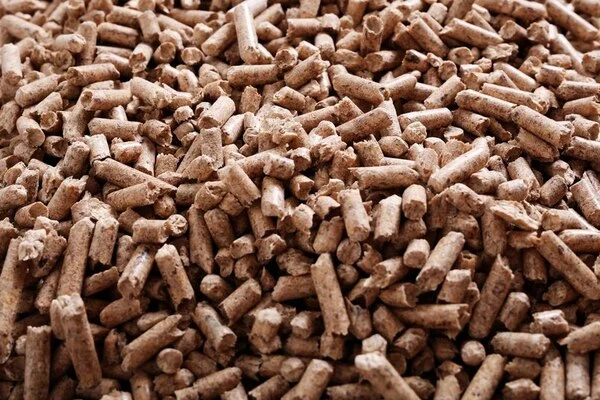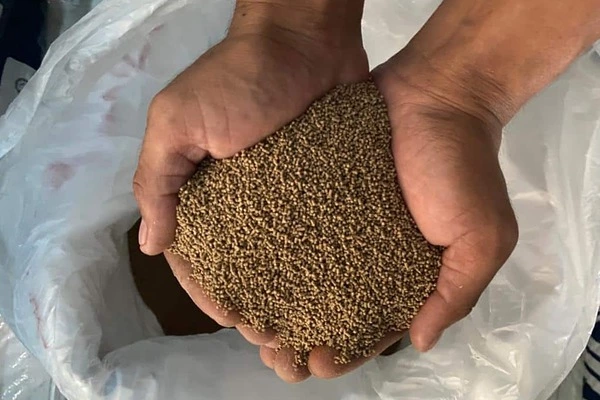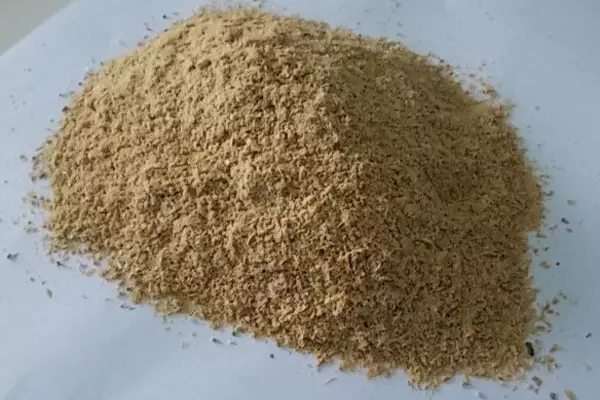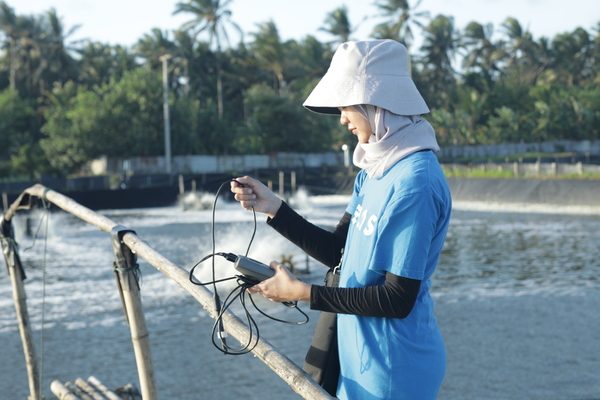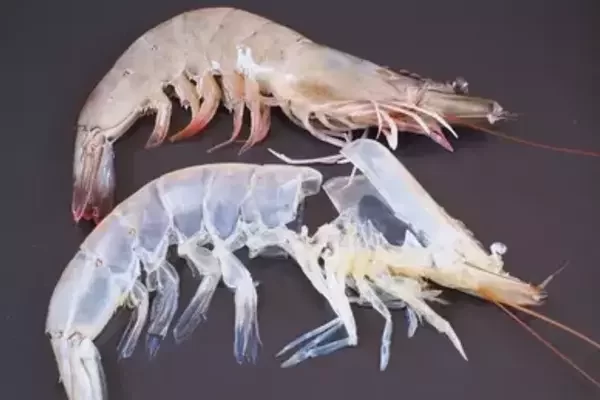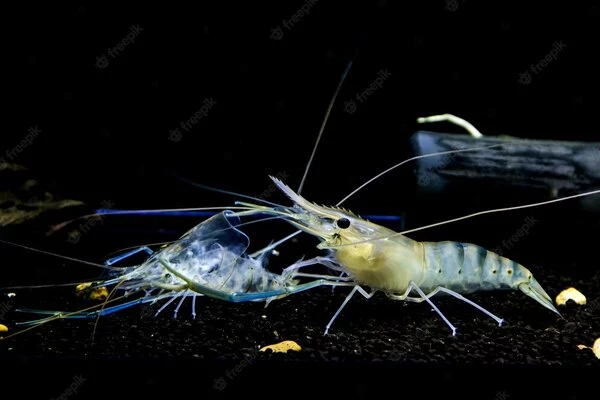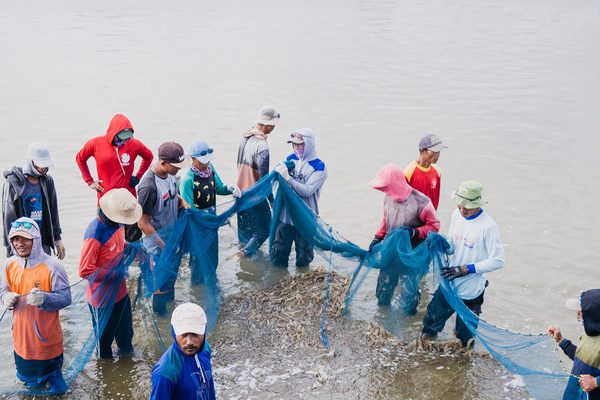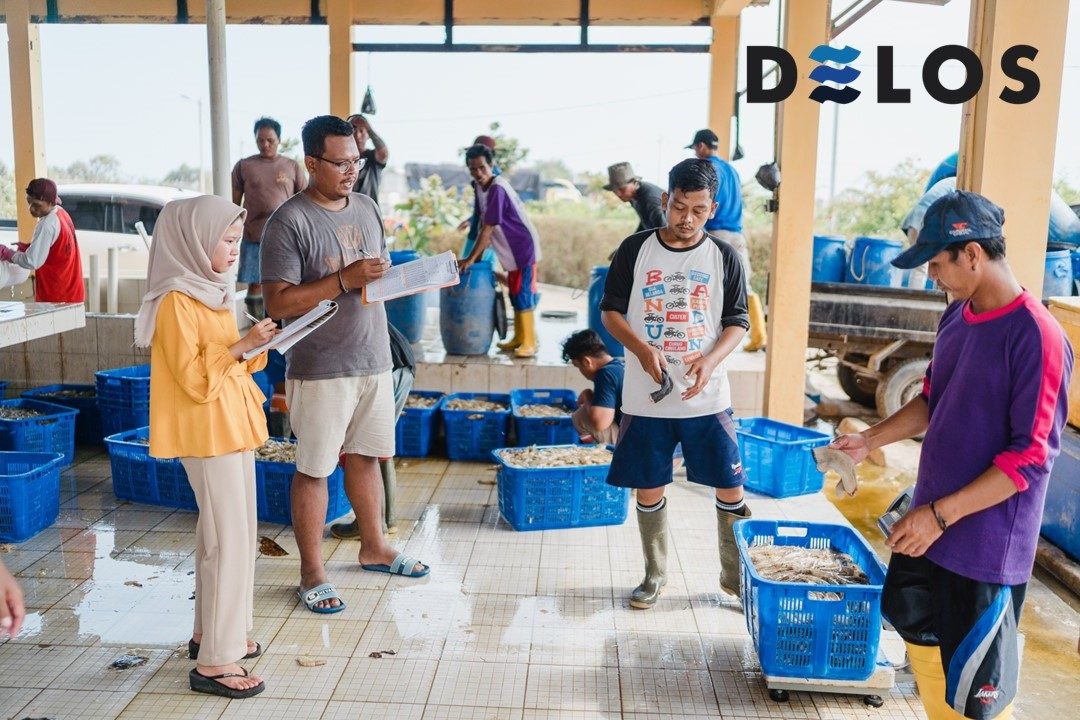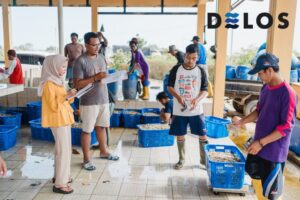Tips to Minimize the Environmental Impact of Shrimp Farming
Shrimp farming is a crucial sector in the global economy, but unsustainable practices can have serious environmental consequences. Therefore, farmers need to pay closer attention to the environmental impact of shrimp farming.
In efforts to sustain this industry while protecting ecosystems, smart and sustainable steps are necessary. Here are some tips to minimize the environmental impact of shrimp farming that you can implement:
Tips to Minimize the Environmental Impact of Shrimp Farming
1. Selecting the Right Location
Choose shrimp farming locations that are ecologically non-sensitive. Avoid areas vulnerable to coastal erosion, intact mangrove forests, or regions with high biodiversity.
Selecting the right location can reduce negative environmental impacts and promote sustainable shrimp farming practices.
2. Efficient Water Management
Effective water management is crucial for vannamei shrimp farming. This helps avoid pollution and reduces excessive water use, thereby supporting environmental sustainability.
3. Sustainable Feed Choices
Choosing sustainable feed is crucial to minimize environmental impacts of shrimp farming. The composition of shrimp feed determines the nutrients absorbed by shrimp for their growth. Ensure that the feed composition is nutritionally adequate while remaining eco-friendly.
Also Read: Effective Strategies for Controlling Ammonia in Vannamei Shrimp Ponds
4. Water Quality Monitoring
Regularly monitor water quality around the farming area. Ensure parameters like dissolved oxygen levels, salinity, and water clarity remain optimal to support shrimp growth and prevent environmental pollution.
5. Use of Environmentally Friendly Technologies
Employ the latest environmentally friendly technologies in shrimp farming systems. For example, implement drilling technologies to minimize damage to underwater ecosystems during infrastructure development.
6. Environmental Stewardship Practices
Shrimp farming practices should be responsible and considerate of surrounding environmental conditions, particularly in waste management. Many farmers still lack proper waste management facilities due to land and capital limitations.
Environmental stewardship involving good waste management practices should be implemented throughout the farming cycle, from pond cleaning to managing aquaculture wastewater.
7. Collaboration with Stakeholders
The final tip to minimize the environmental impact of shrimp farming is collaboration among involved parties. This includes tighter and more sustainable operational standards and regulations.
Also Read: Types of Vannamei Shrimp Feeds to Make Your Shrimp Grow Faster
Shrimp Farming Becomes More Productive with DELOS!
Minimizing the environmental impact of shrimp farming is a collective responsibility. By implementing appropriate measures, we can ensure that shrimp farming meets consumer demand without harming the environment.
Choosing the right partner is also key to the success of your vannamei shrimp farming. Especially in terms of reducing production costs and increasing profits from environmentally friendly shrimp farming.
DELOS has a strong track record in managing vannamei shrimp ponds in Indonesia, making your shrimp farm more productive without environmental harm.
Contact DELOS Team at contact@delosaqua.com or discuss your shrimp farm issues in the comments section on our website www.delosaqua.com. Shrimp farming is more environmentally friendly with DELOS!



